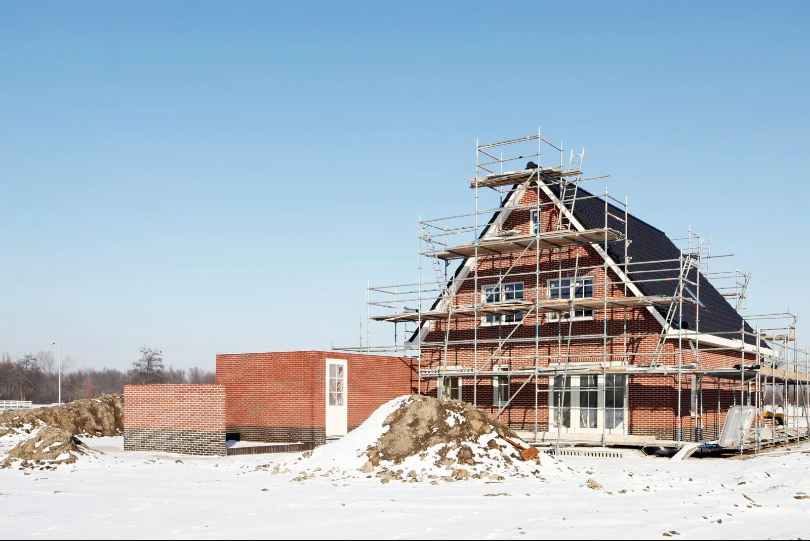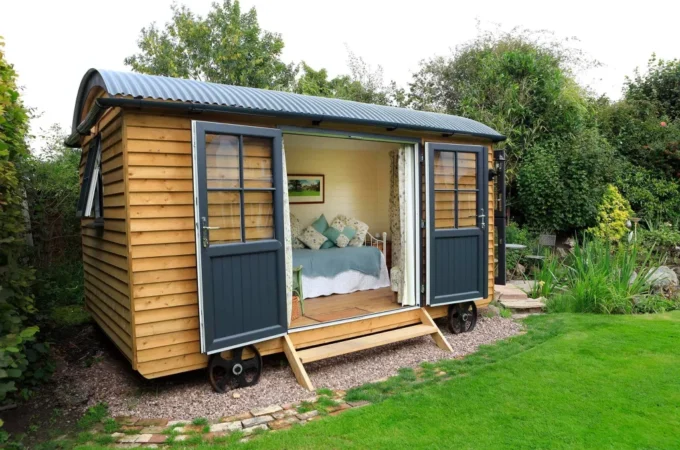
Steps to Take for Your Outdoor Construction Project
Being a property owner comes with many responsibilities. Homeowners have to maintain the condition of their houses so that they are comfortable and safe to live in. Commercial owners must improve the building so that business tenants can conduct their operations. Even agricultural property owners must ensure that the land is usable for farming and that there is plenty of storage room for equipment and animals.
When the property requires big upgrades, owners will undertake construction projects to make improvements. These projects could be cosmetic updates, functional improvements, or a combination of both.
No matter what type of construction project is required to meet your needs, some steps must be part of the process to achieve the best results.
Create a Budget

Construction projects cost money, no matter what scale they are. Often, these improvements end up costing more than you expect, especially if issues arise during the building process. Creating a budget for the whole project is a wise first step so that you understand the financial implications of the construction. Try to be as specific as possible, taking labor costs and materials into account. Remember to leave some wiggle room, as larger projects always encounter hiccups that may affect your expenses.
Craft a Design
This stage may require the assistance of professional architects or designers for a big project. You can attempt to do the construction yourself, but the expertise of contractors is typically very valuable if you want a perfect end product. Whether you are constructing a deck, an addition to a house, or a completely new building on the property, a specific design for the structure will be needed before moving forward.
Get Material Estimates
The cost of materials is usually the largest expense involved in an outdoor construction project. Choosing materials can take time, as a lot of research should be done into what you will use for the build. For example, if you are building a barn on a farm, then you will have to find prices for materials like 24 ft metal trusses for sale. You must also take into account any fasteners that are required in addition to building materials for the frame. Then there are the finishing touches like paint, electrical components, plumbing, and more to consider. The more estimates you can lay out, the easier it will be to ensure a smooth building process.
Obtain a Permit

Every municipality has local building codes that must be followed to avoid fines. For most outdoor construction projects, you may need to acquire permission from the town or city to build what you want. Normally, this takes the form of a building permit. Applying for a permit typically requires that you have a rough design for the construction, and the cost of the permit will depend on the scale.
Hire Contractors
If the scale of the project requires that you hire professionals to help, then you’ll need to vet contractors to find the right firm for your needs. Look up online reviews to get a sense of their experience and customer satisfaction record. Ask for referrals from each contractor you speak with. See what experience they have with the type of project you would be hiring them to complete. Contact the referrals and ask what it was like to work with that business. The right partnership can make or break your project, from expensive home upgrades to entirely new buildings.
Understand the Realities of Construction Projects
The first time you undertake a big project can be very overwhelming. You will quickly learn that things will deviate from the plan as issues come up. Even the smoothest construction projects encounter some hiccups that lead to delays or a quick conference about how to solve the problems. If you go into a big project on your property knowing that things may not go according to the plan perfectly, then you will be able to adapt quickly. This is why choosing the right contractor matters. You want a team that cares about open and honest communication so that surprises are limited.
The Bigger the Project, the More You Should Plan
This is a principle that will save you a lot of frustration during the construction phase. Often, property owners skip some of the steps above. Usually, the results are less than ideal. Perhaps the design of the project is suddenly changed halfway through because the owner failed to take certain factors into account. Maybe you waited too long to choose materials and now shipping delays are setting back your project schedule for weeks or months.
Larger projects should always involve a great deal of planning. Don’t hesitate to contact potential contractors early in the process who can help you with your ideas. They also have connections with vendors to help with material selection. Be specific and exhaustive when you make plans for the construction project to reduce the number of delays and surprises.




